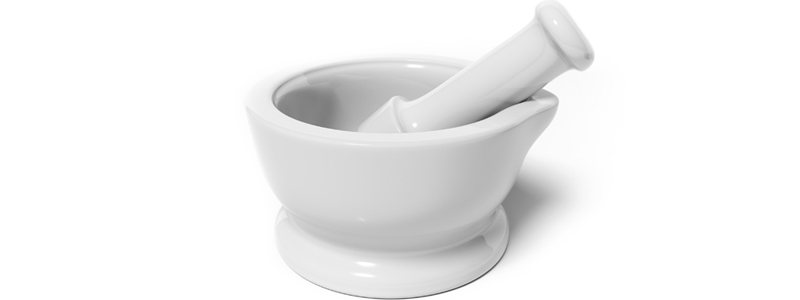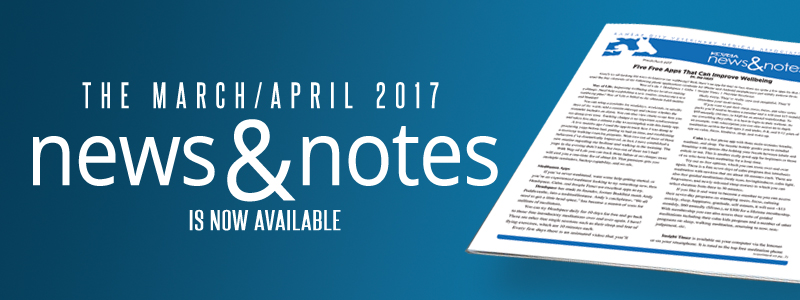by Dr. Tad Coles
Herbert J. Freudenberger conceived the term “burnout” and first used it as a medical term in 1974 to describe a syndrome of “exhaustion, disillusionment, and withdrawal resulting from intense devotion to a cause that failed to produce the expected result.”1,2 The German born, New York psychologist wrote from personal experience. He described the symptoms he had at the time. Although he was in a thriving practice, he suffered from perfectionism and had a self-imposed missionary zeal to help addicts. He worked from 8 AM to 7 PM in a ritzy area on the Upper East Side and then went to a free clinic in the Bowery and worked with the indigent until 2 AM.3
The Maslach Burnout Inventory (MBI) was constructed to measure the syndrome.4 The MBI was designed to assess three components of burnout: emotional exhaustion, depersonalization, and reduced personal achievement. Burnout was found to be the result of mismatches in at least one of six areas: workload, control, reward, community, fairness, or values.5 The MBI is not free, but is available online.
Compassion Fatigue
The term “compassion fatigue” (CF) was first coined as a medical term in 1992 when Joinson described a unique form of burnout that affected caregivers and resulted in a, “loss of the ability to nurture.”6,7 This form of burnout: a) was related to a variety of stressors including long hours, heavy workload, and needing to respond to complex patient needs such as pain, trauma, and emotional distress, b) resulted in nurses feeling tired, depressed, angry, and detached, and c) was associated with ineffective performance.7 Over time the terminology describing CF has not been precise. It is common for authors to define terms to clarify what they mean within specific studies.
In an extensively researched 2015 graduate thesis on CF, Amanda Depippo states the term secondary traumatic stress (STS) was originally used by Charles Figley to describe CF.8,9 Figley states compassion stress, CF, STS, and secondary traumatic stress disorder (STSD) are equivalent terms.9 He considers the condition that CF, STS, and STSD describe to be nearly equivalent to posttraumatic stress disorder (PTSD), “except that exposure to a traumatizing event by one person becomes a traumatizing event for the second person.”9
Figley suggests that, “perhaps PTSD should stand for Primary Traumatic Stress Disorder, rather than Post Traumatic Stress Disorder since every stress reaction is ‘post’ by definition.”9
“Caring people sometimes experience pain as a direct result of their exposure to other’s traumatic material… This situation — call it Compassion Fatigue, Compassion Stress, or Secondary Traumatic Stress – is the natural, predictable, treatable, and preventable unwanted consequence of working with suffering people,” Figley wrote.9
ProQOL
The most common measurement tool for compassion fatigue, the Professional Quality of Life (ProQOL), was developed by Beth Stamm.10,11 The ProQOL describes CF as being comprised of burnout and secondary trauma and gives scores for each along with a score for compassion satisfaction.
The ProQOL is a 30-question, 5-point Likert scale assessment. This tool is available for AVMA members online in a self-scoring format that is quite easy to use. Those who are not AVMA members can download the ProQOL to take it.
Ownership of the ProQOL was transferred to the Center for Victims of Torture (CVT) in 2017. CVT is a mental health and human rights nongovernmental organization operating in several countries around the world. The CVT plans on keeping the ProQOL free and available for use.
Provider Resilience App
The ProQOL is also available as part of an interesting, useful, free phone application, Provider Resilience, which was developed by the National Center for Telehealth & Technology to help healthcare providers guard against burnout and compassion fatigue when helping veterans. The app has many features that apply to any healthcare professional. The ProQOL is a 5-minute test on the app. It also has quick surveys that provide data displayed on a dashboard to show one’s resilience rating and time since last vacation. The dashboard’s Resilience Rating gauge is based on completion of a Resilience Builders/Killers quiz that is recommended daily, a Burnout toggle chart recommended weekly, and the ProQOL test that is recommended monthly. For an in-depth YouTube review of the app view the bottom of my website resources page.
References: 1. Freudenberger HJ, Richelson G. Burn-out : the high cost of high achievement. Toronto : Bantam Books,; 1980. 2. Coles TB. The solution to burnout. Vet Forum 2003;20:26–31. 3. Anon. Planet Money Episode 740: Burnout, Dec 7, 2016. Available at: http://www.npr.org/sections/money/2016/12/07/504734219/episode-740-burnout. Accessed March 22, 2017. 4. Maslach C, Jackson SE. The measurement of experienced burnout. J Occup Behav 1981;2:99–113. 5. Maslach C, Jackson SE, Leiter M. The Maslach Burnout Inventory Manual: Third Edition. In: Zalaquett CP, Wood RJ, eds. Evaluating Stress: A Book of Resources. The Scarecrow Press; 1997:191–218. 6. Joinson C. Coping with compassion fatigue. Nursing (Lond) 1992;22:116, 118–119, 120. 7. Boyle DA. Countering compassion fatigue: a requisite nursing agenda. Online J Issues Nurs 2011;16. 8. Depippo A. Compassion Fatigue and Self-Care Strategies among Addiction Professionals: A Qualitative Study. 2015. Available at: http://scholarcommons.usf.edu/cgi/viewcontent.cgi?article=6875&context=etd. Accessed June 16, 2016. 9. Figley CR. Compassion Fatigue: Toward a New Understanding of the Costs of Caring. In: Stamm BH, ed. Secondary Traumatic Stress: Self-Care Issues for Clinicians, Researchers, and Educators. Lutherville, MD: Sidran Press; 1995. 10. Stamm BH. Professional Quality of Life Scale (proQOL): Compassion Satisfaction and Compassion Fatigue. 2009. Available at: http://proqol.org/uploads/ProQOL_5_English_Self-Score_3-2012.pdf. Accessed January 11, 2016. 11. Stamm BH. The Concise ProQOL Manual. 2nd ed. Pocatello, ID: ProQOL.org; 2010. Available at: http://www.proqol.org/uploads/ProQOL_Concise_2ndEd_12-2010.pdf.









